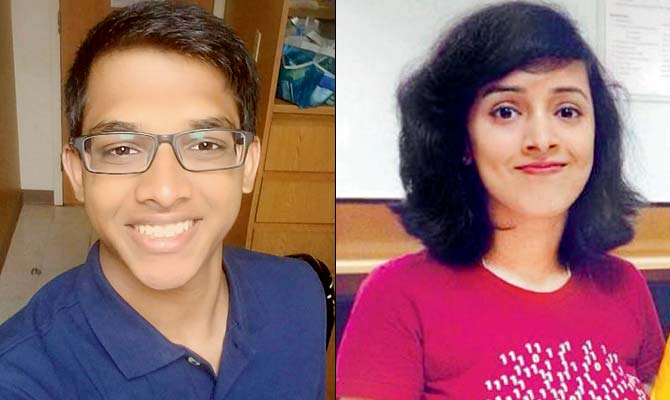Q) For those who aren’t aware, what is Hackathon?
A) Hackathon is a marathon software and hardware product creation event. Essentially, a group of students work on an idea for 24-36 hours and then showcase their product. After which a group of judges award the best products with mentorship, internship opportunities or money to help the product grow. During the 36 hours of coding, there are various other events, such as laser tag or ice skating, that go on to keep the participants awake. A lot of students see this is an opportunity to have fun as well as learn something new over a weekend and thus go to these hackathons. Our product was built at HackPrinceton and won the “Best Moonshot” award by Google.
Q) The whole process of identifying and solving the problem?
A) We were all taken aback after reading various articles about how fake news on Facebook had an effect on the election results. Facebook’s official statement was that this problem was a difficult one to solve, so we thought that if we could solve even a small part of this problem, it would be a nice proof of concept that the fake news can be effectively tackled on a large scale. Since the fake news issue is a complex problem, we tried solving it by isolating it. Our extension does not need to worry about the complexity of a social network, instead, every post on Facebook is treated as a new piece of information, with no relation to previous posts. This helped us keep the complexity of our product much lower, enabling us to build it within a weekend. The extension performs two checks. We first verify the source of information, through which we eliminate spam links, malware and other malicious content. This check helps us give a “confidence score”. Our second check verifies the content within a post. So instead of checking how reliable the source is, we check how reliable the content is. Our extension reads the content, determines topics and keywords and then determines how much truth there is to it. This yields our second “confidence score”. Finally, we combine the two confidence scores and check if it passes a threshold. If it does, we mark it as “verified” or else it is “unverified”.
Q) How has the response been so far?
A) The response to our extension has been exciting and overwhelming at the same time. We were trying to create a proof of concept, however, due to the response and impact our concept made, we are now developing this into a complete product. Within two days of publicly releasing our extension, we had so many users that our servers crashed and had to move to a much higher capacity server. Various tech giants such as Facebook and Google are now trying to fight back fake news instead of disregarding it, which we think is the greatest impact we could have had.































